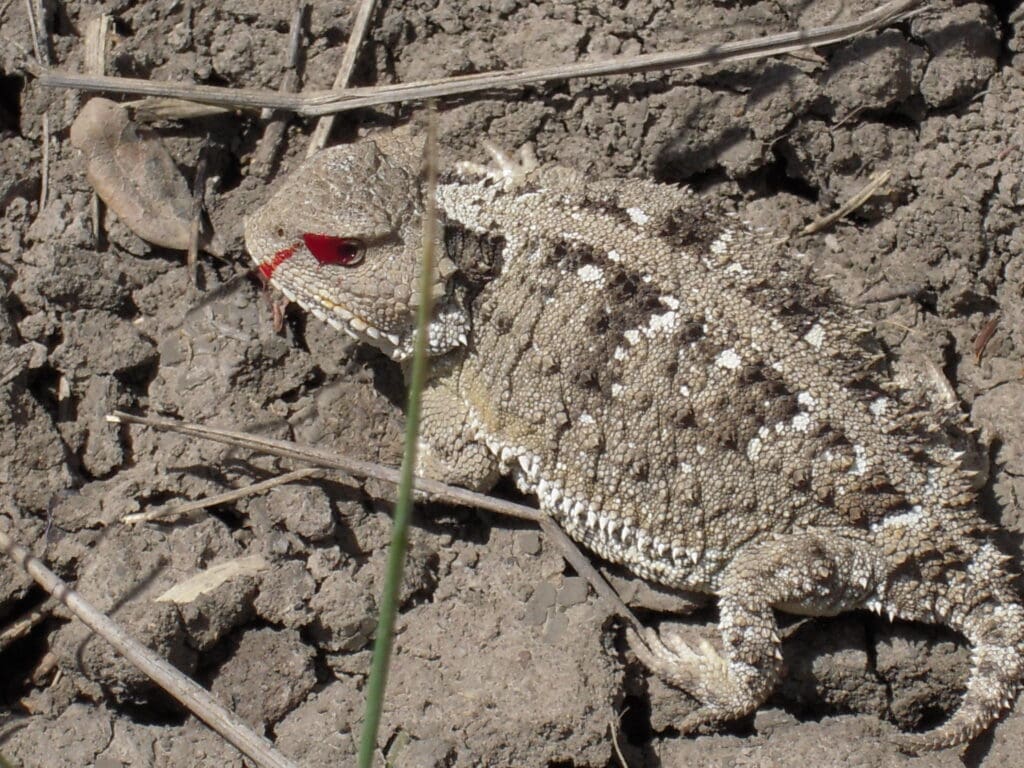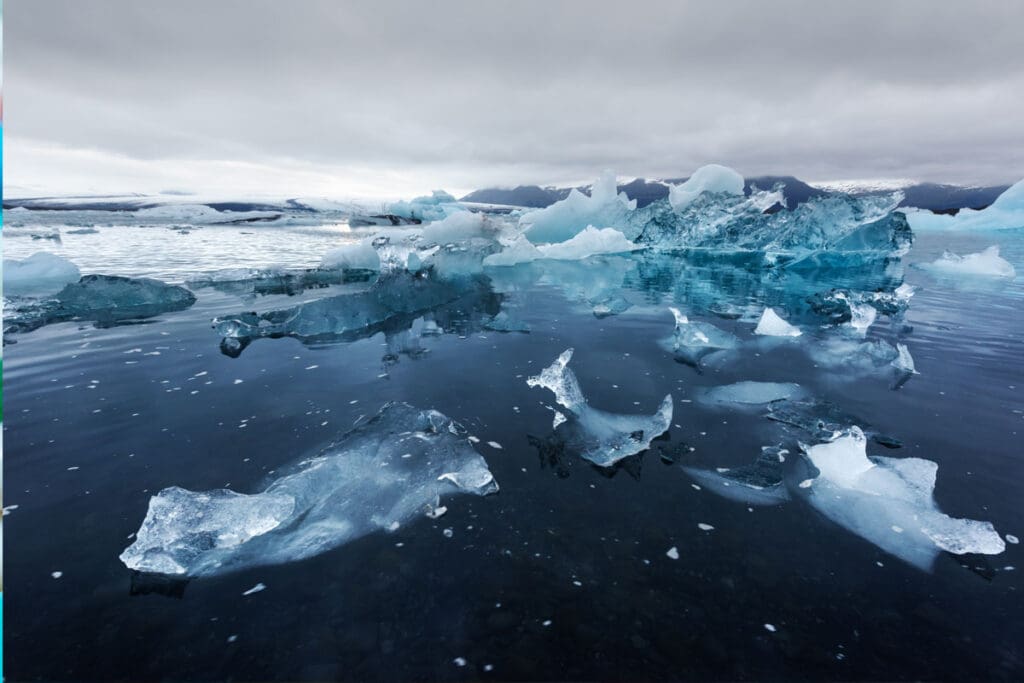A new study has found that the Greenland shark, a previously misunderstood cold-water species inhabiting the North Atlantic and Arctic oceans, may have the longest known lifespan of all vertebrae living 250-500 years.

Greenland Sharks: Poorly Studied Until Now
While Greenland sharks (Somniosus microcephalus) had already been believed to be long-living, the species had been poorly studied.
Back in the 1930s, a fisheries biologist in Greenland undertook the task of tagging more than 400 Greenland sharks. He discovered that these sharks only grow about 1 centimeter a year. However, the sharks grow quite large, between 7.9 and 23 feet, and way between 880 and 3090 pounds. This slow rate of growth suggested the sharks had a long lifespan.
No one really knew for sure how long this species of sharks lived until a new study unveiled a surprising discovery.
Scientist Seeks to Discover Greenland Shark’s Lifespan
John Steffensen, a marine biologist at the University of Copenhagen, became intrigued with the Greenland shark’s longevity. He started by collecting a piece of backbone from a Greenland shark that had been captured in the North Atlantic. Steffensen hoped to find growth rings to count the animal’s age but found none.
Next, he consulted Jan Heinemeier, an expert in radiocarbon dating at Aarhus University in Denmark, Science reported.
Heinemeier suggested that various forms of carbon could be measured inside the lenses of the shark’s eye, which could give clues about an animal’s age.
Steffensen also recruited graduate student Julius Nielsen, and the duo spent several years collecting dead sharks, most of which were those accidentally ensnared in trawling nets. The pair were shocked by what they were about to discover.
New Study Finds Greenland Shark May Live More Than 500 Years
In their research, Steffensen and Nielsen looked for high amounts of carbon-14, a heavy isotope left behind by nuclear bomb testing in the mid-1950s. By the early 1960s, extra carbon from the nuclear bombs had infiltrated ocean ecosystems. This technique allowed the researchers to conclude that two of the dead sharks – both of which were less than 2.2 meters long – were born after the 1960s. They concluded another small shark have been born around 1963.
Using these well-dated sharks as a “yardstick” of sorts for a growth curve, allowed them to estimate the ages of other sharks based on their sizes. At the bottom of the growth curve, they used the fact that newborn Greenland sharks are 42 centimeters long.
They also utilized a technique employed in archaeological digs, both based on radiocarbon dates and how far below the surface they happen to be. They correlated radiocarbon dates with shark length to calculate the age of sharks.
Could Be the Longest-Living Vertebrates on Earth
What the pair ultimately discovered was the age of the shark they studied. It was at least 392 years old, plus or minus 120 years. This means that the shark could have been over 500 years old. Their research was published in Science.
Even more astonishing, their discovery meant that Greenland sharks are the longest-lived vertebrates on record by a huge margin. The next closest in age is the bowhead whale, recorded at 211 years old.
Researchers also determined that most pregnant female Greenland Sharks are nearly 4 meters long. This means that they are at least 150 years old before they have any young, according to their estimates.









